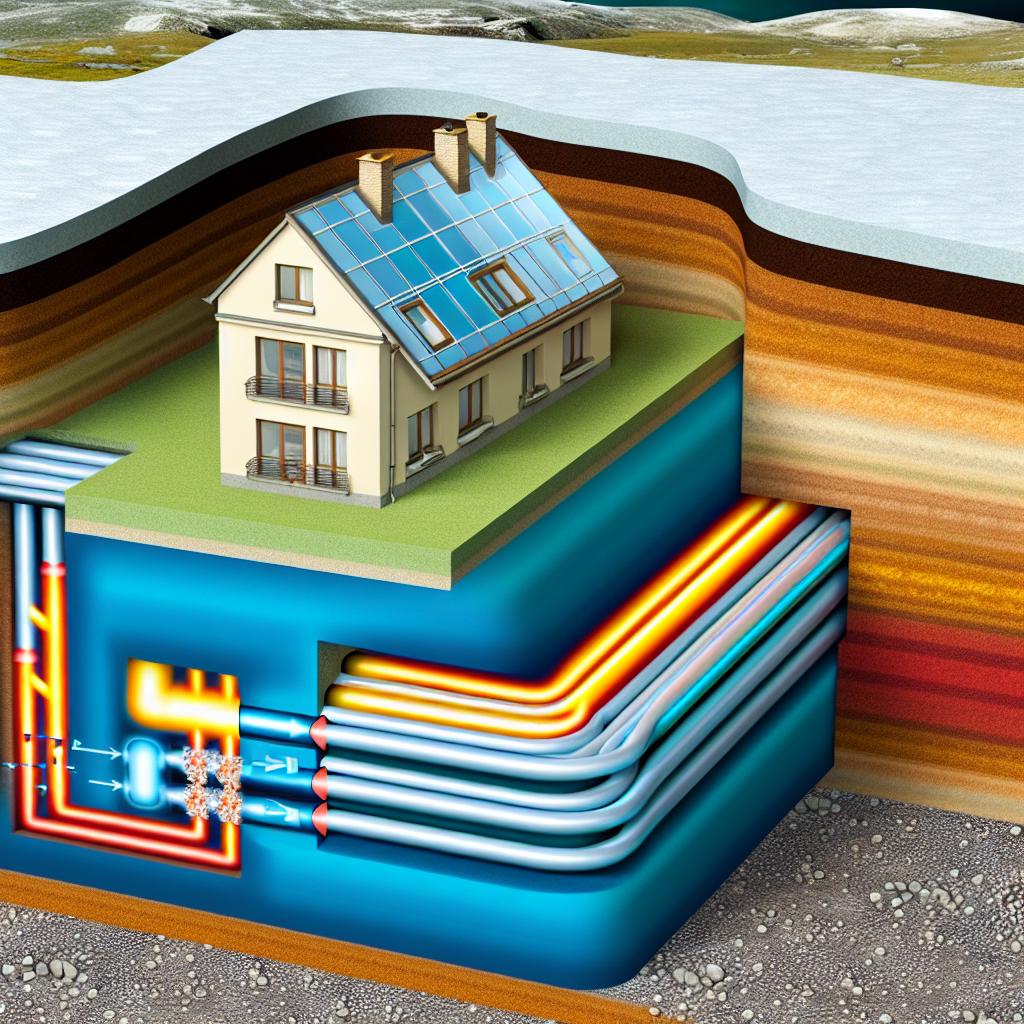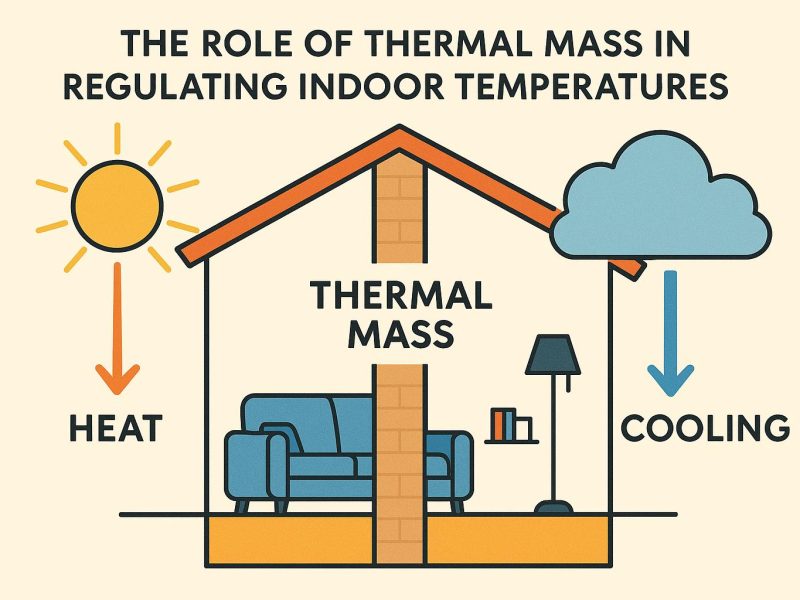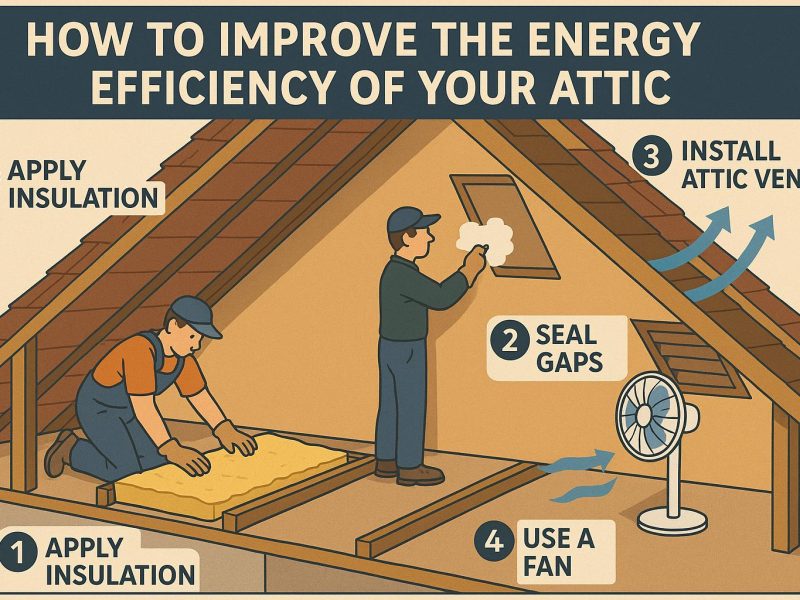The Basics of Geothermal Heating and Cooling Systems
Geothermal heating and cooling systems are designed to harness the Earth’s consistent underground temperatures to manage the climate within buildings. These systems tap into surface-level ground sources that maintain a stable temperature range of approximately 45°F to 75°F (7°C to 24°C), influenced by specific geographical locations. The reliability of these temperatures provides geothermal systems with an efficient and sustainable alternative to more conventional HVAC systems.
How Geothermal Systems Operate
Geothermal heating and cooling systems consist of three main components: a heat pump, a ground heat exchanger, and an internal distribution system. The function of each component plays a crucial role in the system’s overall operation.
Heat Pump: The geothermal heat pump acts as the central mechanism for the system. Its primary function involves transferring heat from the ground into the building during the colder months and extracting heat from the building to deposit back into the earth during the warmer months. This bidirectional energy exchange is essential for maintaining a comfortable indoor environment regardless of external weather conditions.
Ground Heat Exchanger: The ground heat exchanger comprises a loop system that is buried within the ground. This loop is filled with a fluid medium designed to absorb heat from the Earth’s surface or release heat back into it. The fluid’s movement through the loops facilitates the energy-transfer process vital for the system’s efficacy.
Distribution System: Once the heat is transferred into the building, it is disseminated through conventional HVAC systems. These may include ductwork for air-based heating and cooling or radiant floor systems for a more integrated and subtle approach. The chosen distribution method can depend on the design and nature of the building’s existing infrastructure.
Types of Geothermal Systems
The implementation of geothermal systems varies depending on several factors such as geographic location, available land space, and budget constraints. There are four primary types of geothermal heating and cooling systems, each tailored to different circumstances.
Horizontal Systems: Horizontal systems are predominantly used in residential installations with ample land space, as they involve laying pipes horizontally across trenches dug in the land. This method is often the most cost-effective for homeowners seeking to install geothermal systems without undergoing extensive and costly excavation work.
Vertical Systems: Vertical systems, by contrast, are better suited to commercial buildings or areas with limited land availability. This configuration requires drilling deeper holes vertically into the ground for pipe installation. Although this type of system involves higher installation costs, it offers considerable energy savings for high-occupancy buildings.
Pond/Lake Systems: For properties in proximity to water bodies, pond/lake systems present an efficient and financially sensible option. They involve submerging coiled pipe systems into a pond or lake. The natural heat retention capabilities of water enhance the geothermal system’s efficiency.
Open Loop Systems: Open loop systems take advantage of groundwater by extracting water from a well or a nearby surface water source. After utilizing the energy from the water for heating or cooling, it is returned to its source. This configuration is particularly effective when access to a reliable and clean water supply is straightforward.
Considerable Advantages of Geothermal Systems
The growing popularity of geothermal heating and cooling systems is primarily driven by their multitudinous benefits, particularly in energy conservation and environmental friendliness.
Energy Efficiency: At the forefront, geothermal systems exhibit remarkably high efficiency levels, ranging between 300% and 600%. This efficiency surpasses that of conventional heating and cooling systems, which typically do not exceed 100% efficiency. The capability of geothermal systems to deliver more energy than they consume is a significant advantage in reducing overall energy demands.
Environmental Impact: By lessening the reliance on electricity—often derived from fossil fuels—geothermal systems inherently contribute to reduced greenhouse gas emissions. This decreasing dependence on non-renewable sources aligns with global efforts to mitigate climate change impacts.
Lower Operating Costs: While the initial installation costs for geothermal systems can be steep, the ongoing cost savings on utility bills are noteworthy. Typically, the initial investment can be recuperated within a timeframe of 5 to 10 years, depending on the energy consumption patterns and the specific configuration of the system.
Longevity: Geothermal systems boast an impressive lifespan, with the ground loop expected to last over 50 years and the indoor system components averaging around 25 years. This durability and longevity minimize the frequency and costs associated with system replacements and upgrades.
Outlook for the Future
With growing concerns about climate change and the push for sustainable energy sources, geothermal heating and cooling systems are likely to become increasingly prevalent. As advancements in drilling technologies continue to emerge and installation costs decrease, geothermal energy systems present a compelling option for both residential and commercial applications.
Encouragement from governmental policies and incentives further bolster the popularity and adoption of geothermal systems. For those interested in more thorough insights into the progression of geothermal technologies, resources such as the U.S. Department of Energy and organizations devoted to renewable energy developments provide valuable information and updates.
In summary, geothermal systems offer a promising solution for meeting heating and cooling requirements both efficiently and sustainably. As these technologies evolve and gain mainstream traction, they are poised to play a crucial role in the transition towards cleaner, more efficient energy-use practices globally.



